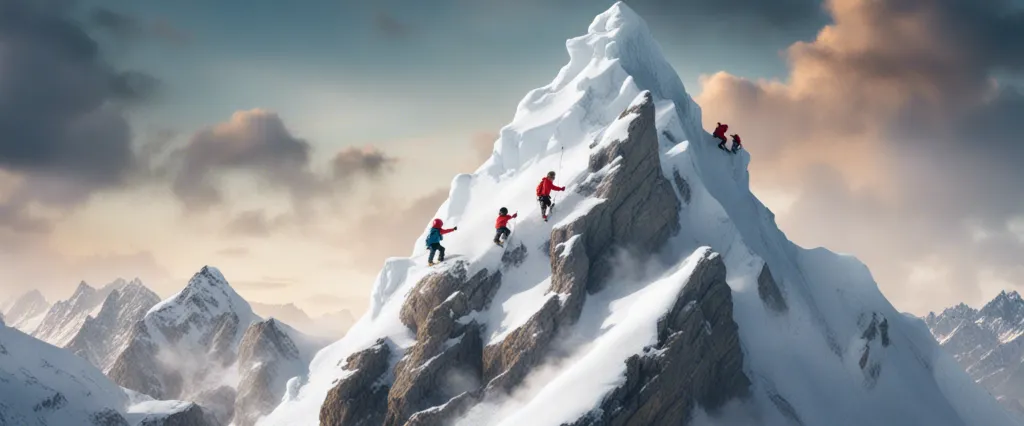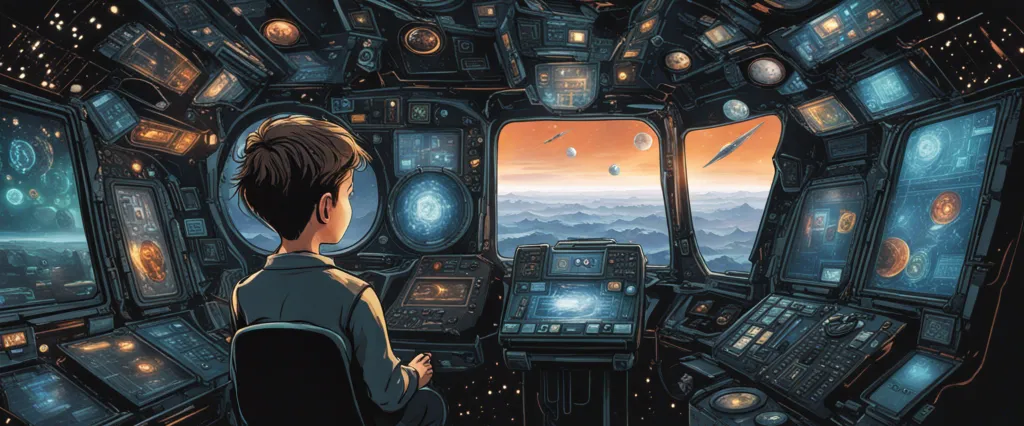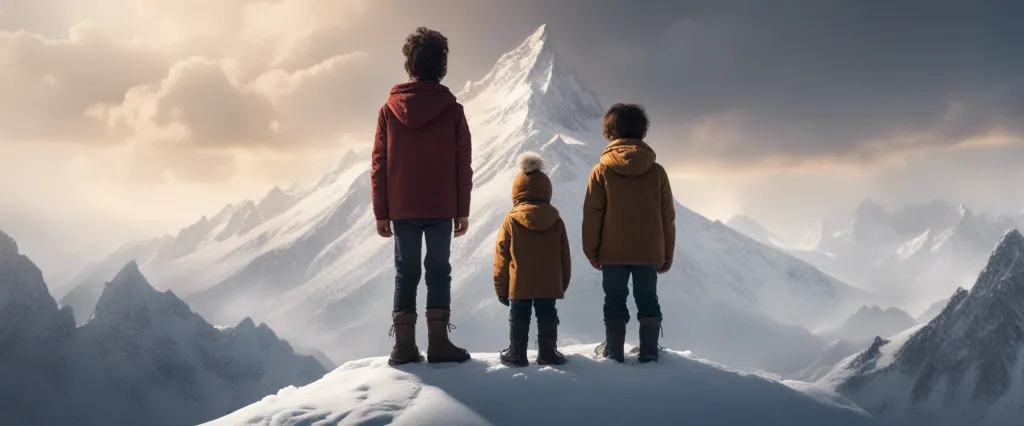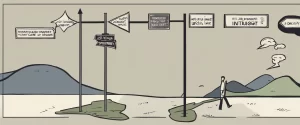
In the realm of adventure and resilience, two books stand out as shining examples of human determination and perseverance. “Kid Who Climbed Everest” by Bear Grylls and “Ender in Exile” by Orson Scott Card both narrate the stories of individuals facing incredible challenges and obstacles on their respective journeys. While Grylls’ account follows his own gripping tale of climbing Mount Everest at a young age, Card’s novel delves into the struggles of a gifted young leader navigating the complexities of interstellar politics. Despite their differences in genre and setting, both works share a central theme of overcoming adversity and finding strength in the face of overwhelming odds. Through the lens of these two captivating narratives, we are invited to explore the depths of human resilience and the timeless quest for triumph in the face of adversity.
Brief Summary of Two Books
Kid Who Climbed Everest by Bear Grylls
The book “Kid Who Climbed Everest” by Bear Grylls is a thrilling and inspiring true story of Grylls’ journey to become the youngest Briton to reach the summit of Mount Everest. At just 23 years old, Grylls faced numerous challenges and obstacles as he attempted to conquer the world’s highest peak. From training for months in freezing conditions to battling harsh weather, altitude sickness, and dangerous crevasses, Grylls’ determination and resilience were put to the ultimate test.
Grylls shares the physical and mental struggles he encountered during his expedition, as well as the emotional highs and lows of his journey. Through his personal anecdotes and reflections, he offers valuable insights into the importance of perseverance, teamwork, and never giving up on your dreams.
The book is filled with heart-pounding moments, breathtaking descriptions of the Himalayan landscape, and gripping accounts of Grylls’ encounters with fellow climbers and sherpas. It is a testament to the power of the human spirit and the belief that with hard work and determination, anything is possible.
Overall, “Kid Who Climbed Everest” is an inspiring and thought-provoking read that will motivate readers to push their limits and strive for greatness in their own lives. Grylls’ story serves as a reminder that no challenge is too great to overcome with the right mindset and unwavering determination.
Ender in Exile by Orson Scott Card
“Ender in Exile” by Orson Scott Card is a science fiction novel that follows the character of Andrew “Ender” Wiggin after the events of the original “Ender’s Game” series. In the book, Ender is sent to colonize a new world with his sister Valentine, where he struggles with the guilt and trauma of his past actions. As he navigates the challenges of leadership and relationships in the new colony, Ender must confront his past and come to terms with who he is and the impact he has had on the universe. The novel explores themes of redemption, forgiveness, and the complexities of human nature.
Comparison between Two Books

Similarities in Adventure
Both “Kid Who Climbed Everest” by Bear Grylls and “Ender in Exile” by Orson Scott Card tell the story of characters embarking on incredible adventures. In “Kid Who Climbed Everest,” Bear Grylls recounts his harrowing journey to become the youngest Briton to climb Mount Everest at the age of 23. Similarly, in “Ender in Exile,” the protagonist Ender Wiggin navigates through a new chapter in his life as he leaves Earth and travels to other planets in search of a new home for his defeated people.
Both narratives showcase the thrill and excitement of undertaking dangerous and challenging expeditions. Grylls takes readers on a gripping journey of survival, endurance, and determination as he battles treacherous terrain and harsh weather conditions on his way to the summit of Everest. On the other hand, Ender confronts various obstacles and opponents in his quest to find a new home for his people, showcasing his courage and strategic thinking in the face of uncertainty and danger.
Additionally, both books delve into the inner struggles and personal growth of the characters as they navigate their respective adventures. Grylls reflects on his motivations, fears, and resilience as he pushes himself to the limit in the pursuit of his goal, while Ender grapples with the ethical dilemmas and emotional toll of his actions as a leader and commander.
In conclusion, “Kid Who Climbed Everest” and “Ender in Exile” share the theme of adventure and exploration as their characters embark on daring journeys that push them to their physical, emotional, and mental limits. Both narratives capture the excitement, challenges, and personal growth that come with undertaking epic adventures in pursuit of a goal or a higher purpose.
Divergences in Adventure
While both “Kid Who Climbed Everest” by Bear Grylls and “Ender in Exile” by Orson Scott Card can be considered adventure stories with their own unique elements, there are notable divergences in how adventure is portrayed in each book.
In “Kid Who Climbed Everest,” the adventure is centered around the real-life experiences of Bear Grylls as he becomes one of the youngest individuals to successfully climb Mount Everest. The narrative primarily focuses on the physical challenges and dangers Grylls faces during his ascent, emphasizing the thrill and excitement of conquering such a formidable peak. The adventure in this book is grounded in the real world and showcases Grylls’ determination, resilience, and fearlessness in the face of extreme conditions.
On the other hand, “Ender in Exile” takes a more speculative approach to adventure, as it is set in a futuristic sci-fi world created by Orson Scott Card. The protagonist, Ender Wiggin, navigates complex political intrigue, interstellar travel, and encounters with alien races as he tries to find a new home for humanity. The adventure in this book is more cerebral and strategic, involving moral dilemmas, ethical choices, and high-stakes conflicts that go beyond physical challenges.
Overall, while both books offer compelling adventures, the divergence lies in the way adventure is depicted – one focusing on real-life experiences and physical endurance, and the other exploring intricate worlds, complex relationships, and moral quandaries.

Conclusion
It ultimately depends on your personal interests and preferences. “Kid Who Climbed Everest” by Bear Grylls is a memoir about Grylls’ journey to the summit of Mount Everest at a young age, recounting his struggles and triumphs along the way. On the other hand, “Ender in Exile” by Orson Scott Card is a science fiction novel set in the same universe as Card’s hit novel “Ender’s Game,” following the aftermath of the events in the original story.
If you enjoy real-life adventure stories and tales of perseverance, you may prefer “Kid Who Climbed Everest.” However, if you are a fan of science fiction and enjoy exploring complex moral and ethical dilemmas, “Ender in Exile” may be more compelling to you. Ultimately, both books have their own unique merits and are worth reading depending on what appeals to you more.


